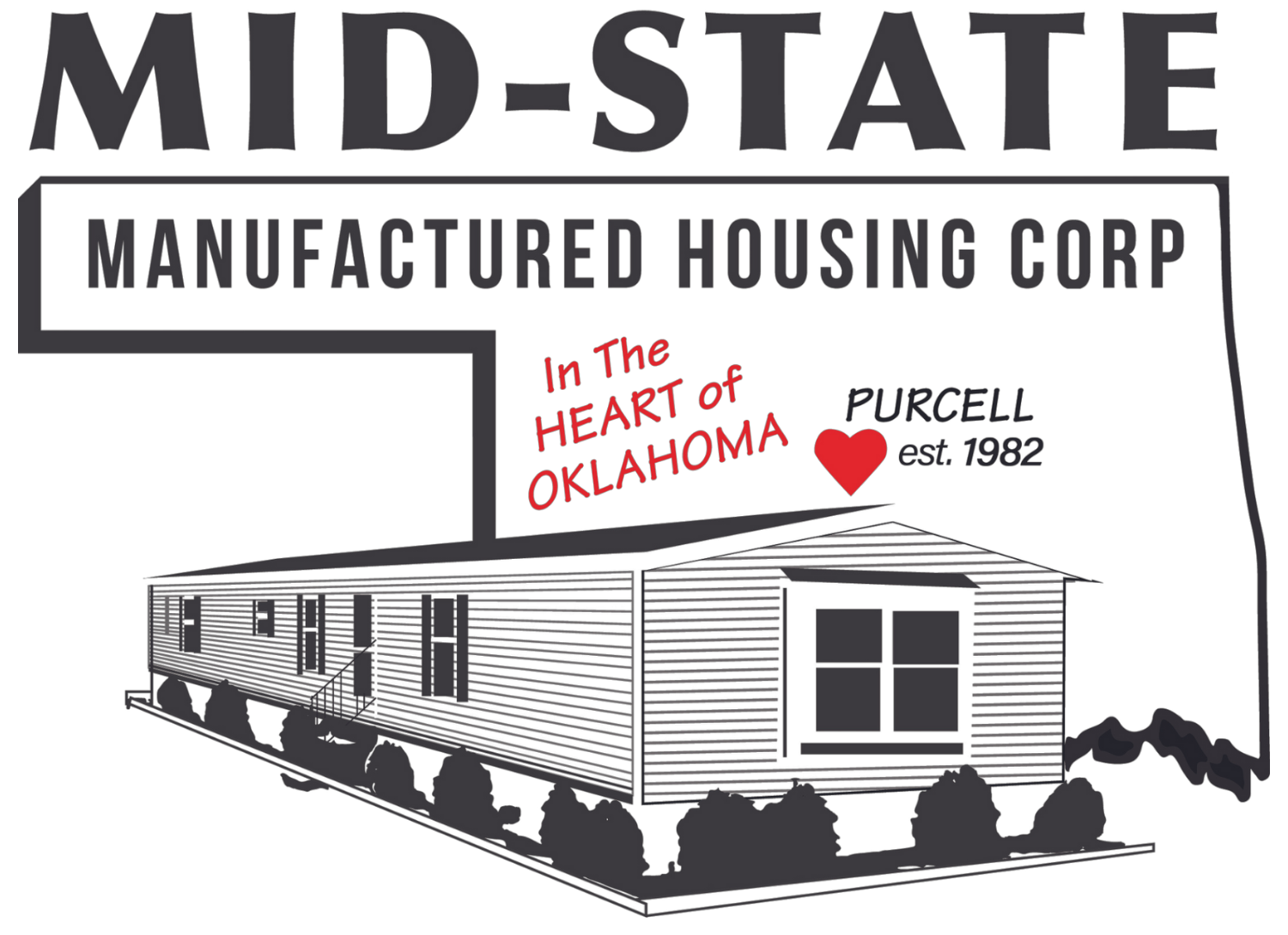The difference in loan types: FHA, VA, USDA, or Conventional?
We often find ourselves answering questions for our customers explaining the differences between the available loans out there today. Below is a brief overview or how we see the differences to help you out in your decision making and qualification process.
FHA Loan – must include real estate
Positives:
Lower interest rate – usually falls close to site-built housing rates.
Up to 30 years loan terms
Minimum down payment of 3.5%
Allows some flexibility in debt to income policy and law.
Typically, no pre-payment penalty
Negatives:
PMI (Private Mortgage Insurance) .55 to 2.25 percent of the original loan amount, each year until loan to value is under 80%
Increased lender / broker costs and overall closing costs
Increases the cost of the concrete runners, requires engineer drawings, termite and final inspections.
Typically, harder to get good appraisal comparisons when using FHA loan to purchase a manufactured home.
Requires increased skirting cost (i.e. no vinyl skirting)
Takes longer to close and complete the build.
VA Loan – must include real estate
Positives:
Lower interest rate – usually falls close to site-built housing rates.
Up to 30 years loan terms
0 down payment requirement, in most cases.
A portion of the loan is guaranteed to the lender
No PMI
Allows some flexibility in debt to income policy and law.
No pre-payment penalty
Negatives:
Increased lender / broker costs and overall closing costs, typically higher than FHA.
Increases the cost of the concrete runners, requires engineer drawings, termite and final inspections.
Typically, the most difficult to get good appraisal comparisons when using VA loan to purchase a manufactured home.
Requires increased skirting cost (i.e. no vinyl skirting)
Takes longer to close and complete the build.
USDA Direct Loan – must include real estate
Positives:
Lower interest rate – usually falls close to site-built housing rates.
Up to 30 years loan terms
0 down payment requirement (if qualified)
Loans are typically offered, only if your household meets income guidelines.
No pre-payment penalty
Negatives:
Increases the cost of the concrete runners, requires engineer drawings, termite and final inspections.
Typically, requires more in construction costs due to increase porch size, concrete sidewalks, parking pad, etc.
Requires increased skirting cost (i.e. no vinyl skirting)
Takes longest to close and complete the build.
Conventional Loans – can be home only OR include real estate
Positives:
The better the credit, the more down, the lower the interest rate
Up to 23 years loan terms
Minimum down payment of 5%
Faster closing and build complete times.
Less government regulation and requirements
Homeowners can complete their own land improvements, in some cases.
No PMI
Allows some flexibility in debt to income policy and law.
Typically, less loan / broker fees and less total closing costs vs FHA or VA.
No pre-payment penalty
Flexible home placement options, i.e. home can go in a manufactured home park, private land or family land.
Negatives:
Interests can be higher, compared to government backed loans. Lenders hold all the risk and therefore generally charge more in interest for that risk.
Will not carry loan terms to 30 years.
We understand this may not answer all your questions, but we hope this information has been helpful to you and your family. We look forward to answering any other questions you may have so hope to hear from you soon!
Sincerely,
Mid-State Housing
